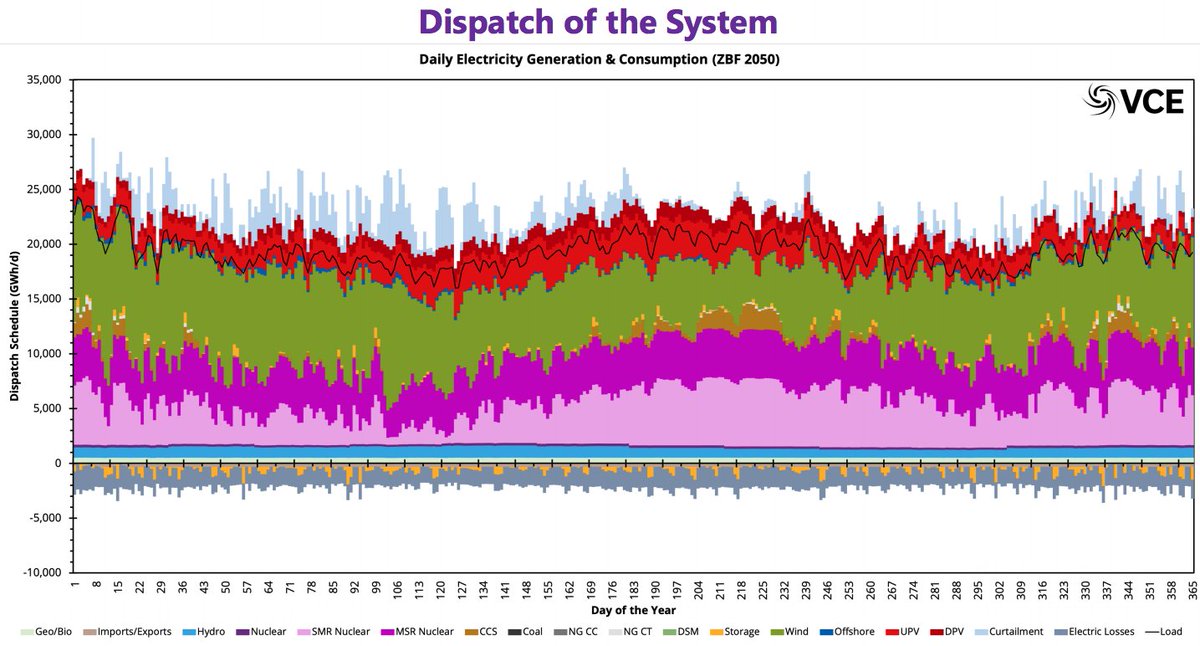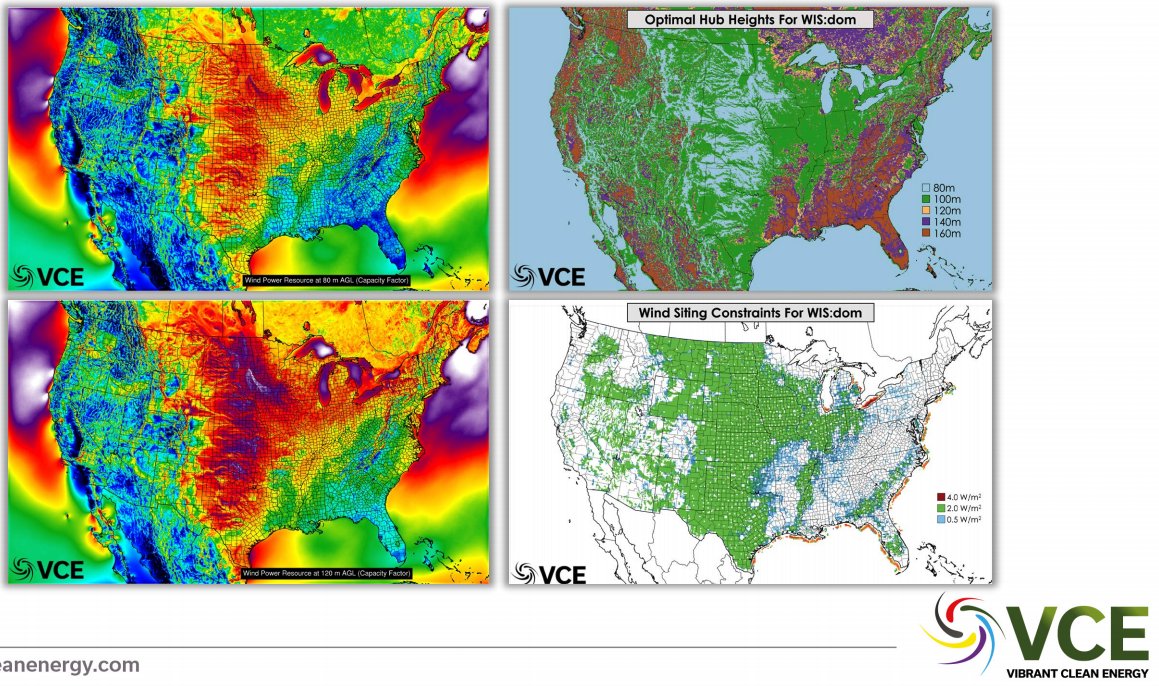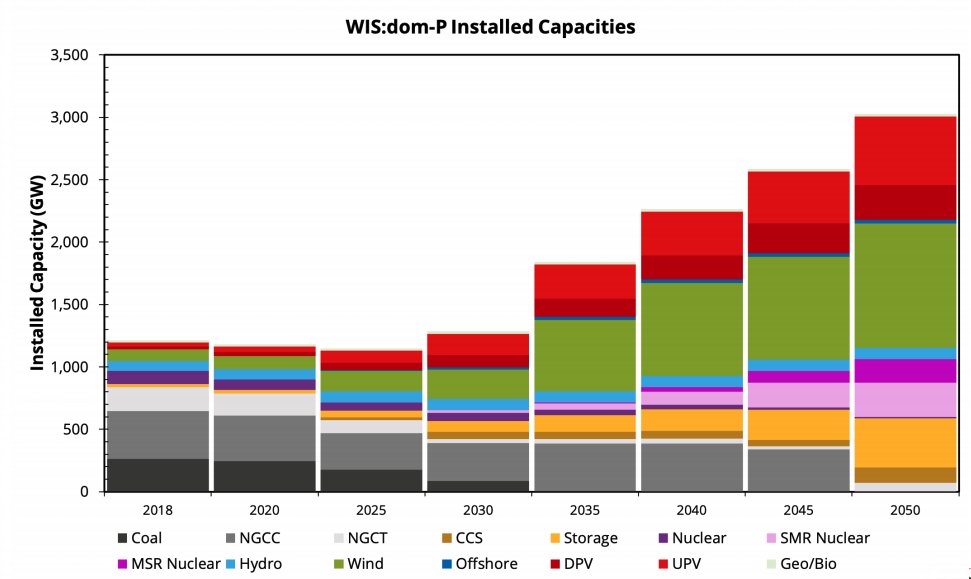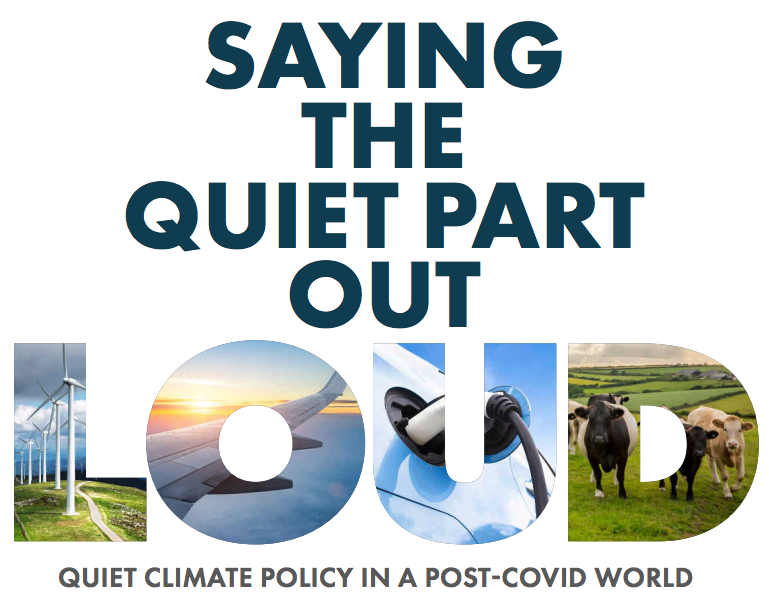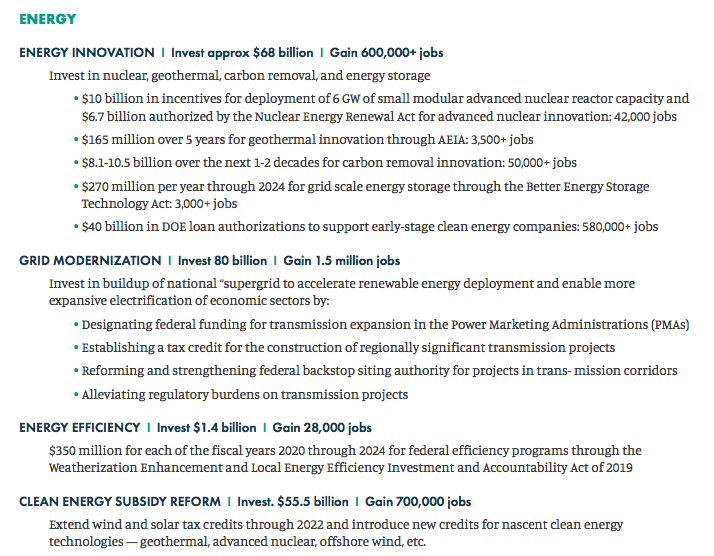
Current commitments by Paris Agreement signatories are far from sufficient to get us to well-below 2C. But @ClimateEnvoy's statement today that Paris alone would lead to "3.7 to 4.5 degrees" C warming appears to be inaccurate. state.gov/special-guest-…
A thread: 1/4
A thread: 1/4
When the Paris Agreement was first passed, a detailed analysis by @JoeriRogelj and colleagues in Nature found a best-estimate (50th percentile) warming of 2.9C (2.2C-3.5C) for unconditional NDCs and 2.7C (2.1C-3.2C) when including conditional NDCs: nature.com/articles/natur… 2/4
Similarly, the folks at @climateactiontr at the time estimated that that Paris commitments would result in around 2.7C (2.2C to 3.4C) if pledges and targets were met. At the time current policies led to ~3.6C warming, but today they only lead to ~2.9C reflecting progress made 3/4 
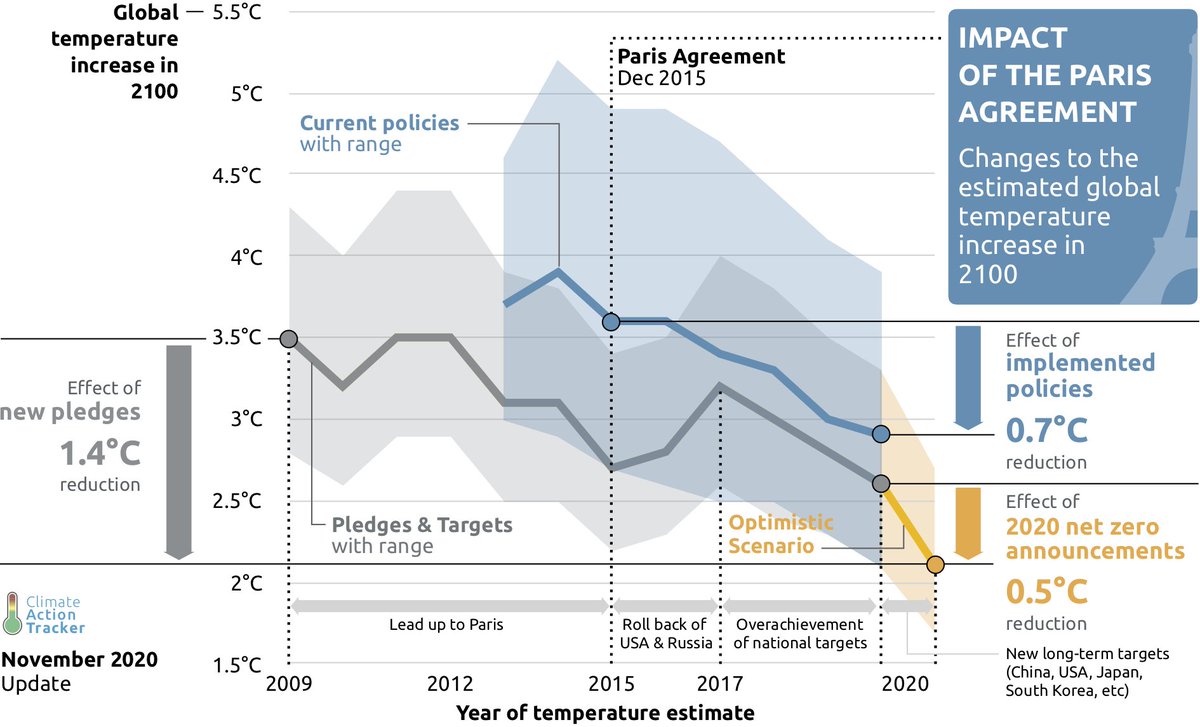
If countries meet stated net-zero commitments, it gets global temperatures down to ~2.1C (1.7C-2.7C), getting within striking distance of Paris goals. We still have a long way to go, but inaccurately minimizing progress to-date is demotivating at a time when we need to speed up. 

• • •
Missing some Tweet in this thread? You can try to
force a refresh

